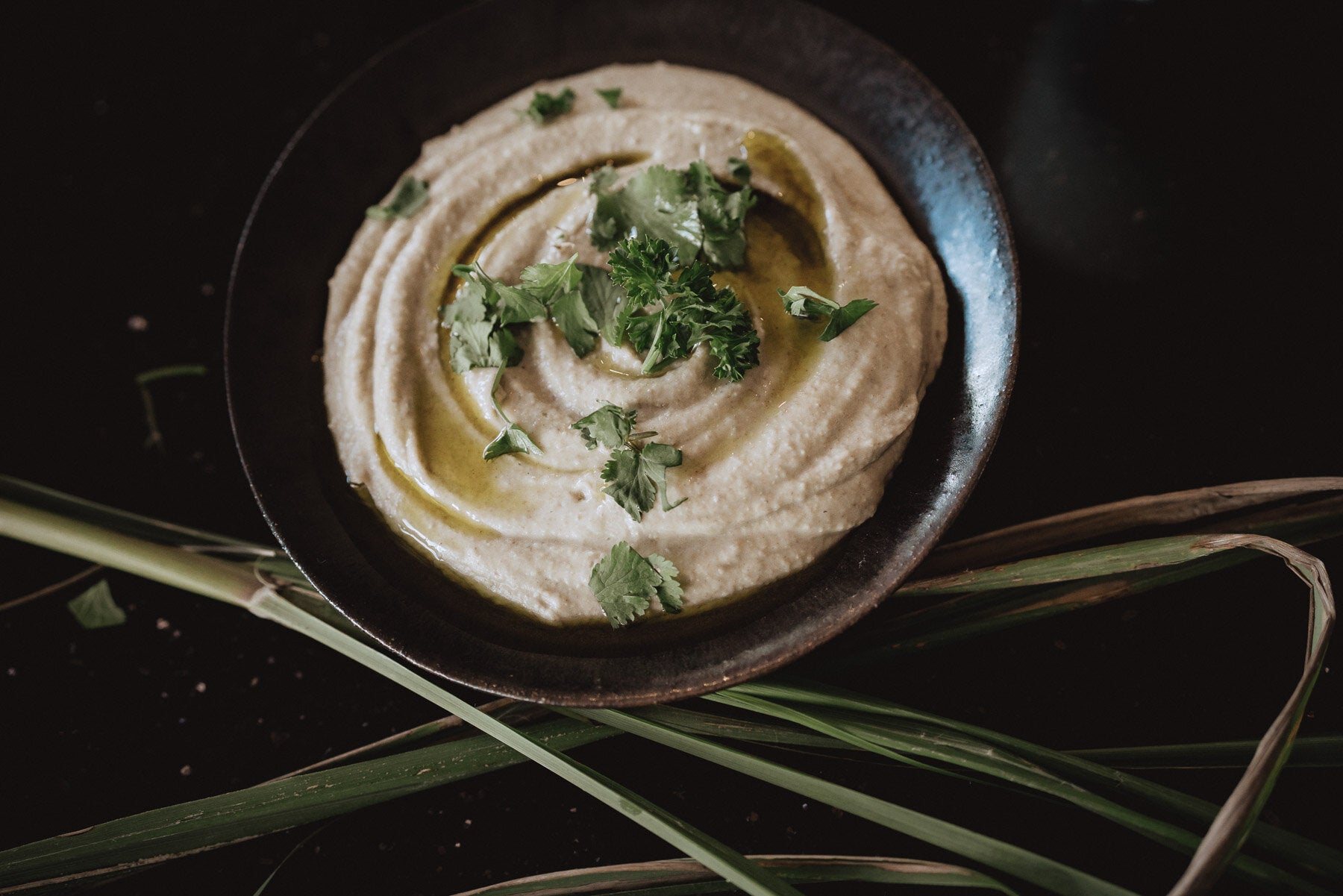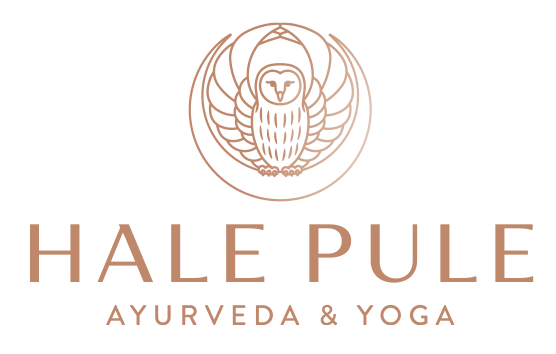
Making your own hummus is easy
Everyone loves hummus. So many people are enjoying this creamy Middle Eastern speciality that it is showing up in the prepared foods section at many supermarkets. Picking up one of these containers might seem convenient, but you’ll feel much more satiated with our Ayurvedic homemade version -- no cans needed.
Making your own hummus is easy, and it’s a great way to become familiar with one of our favorite kitchen tools: a pressure cooker. But before we talk about how to use a pressure cooker, we want to share why homemade hummus made from dried chickpeas is so much better. There’s one big reason -- prana.
Prana, meaning life force, is the energy in food that supplies our our bodies and minds and allows them to function. More prana means greater functioning and nourishment for the body and mind.
Freshly prepared food has the most prana. This is because prana, which is a subtle energy, breaks down quickly after food has been cooked. About a day after cooking, prana dwindles to almost nothing. This is why Ayurveda asks us to avoid leftovers -- they are just a shadow of the food’s former potential.
The hummus that has been sitting in the supermarket refrigerator for weeks (or the canned chickpeas that have been there for years) might have a label filled with a list of nutrients and vitamins, but in Ayurveda, we look beyond that to think about freshness and vitality that represents the prana. Before you take a bite, remember that food filled with prana will give you greater energy levels, less fatigue and better digestion. That is worth a short extra step in cooking.
Pressure cooking for the best Ayurvedic hummus
If you’ve ever tried to cook chickpeas on the stovetop, you probably spent hours watching a pot boil, testing the legumes and adding more water. After several hours, they still might not have been fully cooked, which can cause indigestion.
A pressure cooker removes all those issues. Just soak dried chickpeas and cook them at pressure and you’ll have hummus at home in less than 30 minutes.
Pressure cookers are very common in many parts of the world. They developed a bad reputation several decades ago for being unsafe, but the new versions have safety features that have changed all that. As with all things, approach pressure cooking with consciousness, but there is no need to fear this tool.
There are many types of pressure cookers, but they all work with the same basic concept: They create a tight seal that keeps the steam in the pot, intensifying the heat and cooking legumes and hearty grains in a fraction of the time.
The basic technique is almost always the same. Close and lock the lid and turn on the heat to high. Stay nearby and wait for the pressure indicator to appear (all pressure cookers have these, but they vary greatly, so refer to your pressure cooker’s instruction manual). Turn the heat as low as possible while maintaining pressure and begin your timer.
Each style of pressure cooker is unique and will respond differently depending on your cooktop, the altitude where you live and the amount of food you are preparing. Aim for undercooking until you get a handle on the times and temperature. We find that chickpeas cook in about 20 to 25 minutes, depending on the many factors, so check them on the early side until you are used to how your setup works. It’s quick to bring the cooker back up to pressure if you took it off heat too soon.
After a little experimenting, you’ll soon be enjoying homemade hummus with a side of freshly rolled chapati.
Simple Ayurvedic Recipe: Hummus
You may notice that we’ve left out the garlic in our hummus recipe. Garlic is rajasic, meaning it brings about excess stimulation that can interfere with digestion and overstimulate your mind. In its place, we’ve added digestive spices, such as cumin, coriander and bay leaf to keep agni strong, provide balance and make it taste delicious. You can try many different spices, including fenugreek and a little asafoetida, to make different varieties.
Serves 4
Preparation time: 35 minutes
Augmenting
You'll need
1 cup dry chickpeas (soaked in plenty of water overnight)
2 Tbsp. ghee or olive oil
½ tsp. mineral salt
1 tsp. fresh ginger, chopped
1 tsp. cumin powder
1 tsp. coriander powder
1 bay leaf
Squeeze of lime or lemon
Additional water (optional)
Here's how
Drain the chickpeas from their soak water.
Warm the ghee or olive oil in the pressure cooker, then add salt and fresh ginger. Simmer until the aroma comes up to meet you. Next add the cumin, coriander and bay leaf and cook for 1 to 2 more minutes. Add the chickpeas and stir to coat. Add just enough water to cover the beans, lock the lid and turn up the heat to bring the pot to pressure.
When the pressure indicator appears, turn the heat down as low as possible while maintaining the pressure (you will get to know this setting on your cooktop). Cook for about 24 minutes at pressure, then turn off the heat and let the pressure come down naturally until the pressure indicator turns off.
Be sure to turn the lid away from you when you open it. Remove the bay leaf.
Allow the beans to cool for about 5 to 10 minutes, then blend to your desired consistency with any water that is left from the cooking process. For a thinner hummus, add a little more water.
Visit our Ayurveda Lifestyle page for kitchen essentials
